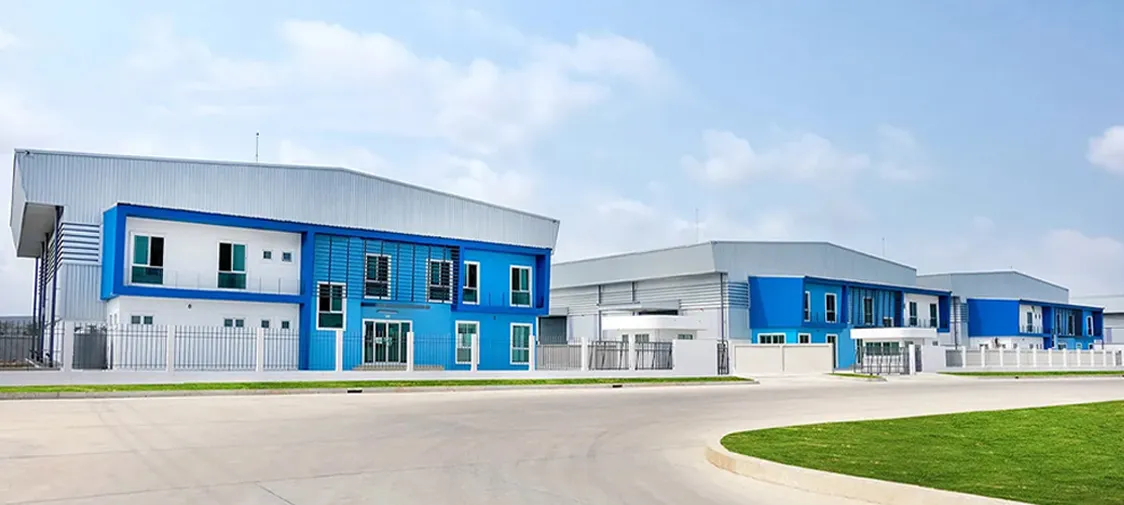
polar protic and aprotic solvents
Polar Protic and Aprotic Solvents An Overview
Solvents play a crucial role in various chemical reactions and processes, significantly influencing reaction rates, product distributions, and overall outcomes. Among the diverse classes of solvents, polar protic and aprotic solvents are of particular importance due to their distinctive properties and applications. Understanding the differences between these two categories of solvents is vital for chemists when selecting the appropriate medium for a given reaction.
Polar Protic Solvents
Polar protic solvents are characterized by the presence of an –OH (hydroxyl) or –NH (amines) functional group, which allows these solvents to donate hydrogen ions (protons). This unique ability makes them excellent for solubilizing ionic and polar compounds. Common examples of polar protic solvents include water, ethanol, methanol, and acetic acid.
One of the defining features of polar protic solvents is their ability to form hydrogen bonds with solute molecules. This capability leads to high solvation energies for ions, promoting better dissolution of ionic substances. For example, in aqueous solutions, the polar protic nature of water allows it to solvate and stabilize cations and anions effectively, which is essential for many biochemical and organic reactions.
Polar protic solvents also exhibit relatively high dielectric constants, which further enhances their ability to stabilize charged species. This characteristic is fundamental in reactions such as nucleophilic substitutions (SN1 mechanism), where a stable carbocation intermediate is formed. The solvent’s proficiency in stabilizing the ionic transition states results in lower activation energies and faster reaction rates.
However, while polar protic solvents have numerous advantages, they also have limitations. The hydrogen bond interactions in these solvents can sometimes hinder the reactivity of nucleophiles due to protonation, making them less effective in certain nucleophilic substitution reactions compared to their aprotic counterparts.
polar protic and aprotic solvents

Polar Aprotic Solvents
In contrast, polar aprotic solvents lack hydrogen atoms bonded to electronegative atoms (like oxygen or nitrogen), preventing them from donating protons. Instead, they possess a sizable dipole moment and can solvate cations but do not effectively stabilize anions. Examples of polar aprotic solvents include dimethyl sulfoxide (DMSO), acetone, acetonitrile, and dimethylformamide (DMF).
The absence of hydrogen bonding in polar aprotic solvents significantly enhances their versatility in reactions that involve strong nucleophiles. For instance, in an SN2 reaction, polar aprotic solvents facilitate the approach of a nucleophile to the electrophilic carbon center, allowing for a more straightforward nucleophilic attack without the hindrance of competing solvation interactions. This results in faster reaction rates, especially when strong nucleophiles like alkoxides and amines are used.
Polar aprotic solvents also have lower dielectric constants compared to polar protic solvents, which means they are less effective in stabilizing ions. Nonetheless, they are excellent for reactions where ion pairing or stabilization of uncharged intermediates is not as critical. The rigidity and low protonic activity of aprotic solvents provide a unique environment conducive to various synthetic pathways, particularly in organic chemistry.
Conclusion
In summary, the choice between polar protic and aprotic solvents is pivotal when designing chemical reactions. Polar protic solvents are advantageous for reactions involving ionic species due to their ability to stabilize charges through protic interactions. Conversely, polar aprotic solvents offer unique benefits for reactions with strong nucleophiles, enhancing reaction rates by avoiding protonation. The selection of the appropriate solvent can significantly impact the efficiency and outcome of chemical processes, highlighting the importance of understanding solvent characteristics in chemistry.
-
Understanding Synthetic Rubber OptionsNewsApr.27,2025
-
Trichloroisocyanuric Acid: Essential for Clean and Safe WaterNewsApr.27,2025
-
Sodium Dichloroisocyanurate: Key to Safe Water TreatmentNewsApr.27,2025
-
Sodium Acid Pyrophosphate: Essential in Modern Food ProcessingNewsApr.27,2025
-
Essential Water Treatment ChemicalsNewsApr.27,2025
-
Denatured Alcohol and Its Industrial UsesNewsApr.27,2025
-
The Versatile Uses of Sodium BicarbonateNewsApr.24,2025
Hebei Tenger Chemical Technology Co., Ltd. focuses on the chemical industry and is committed to the export service of chemical raw materials.
-

view more DiethanolisopropanolamineIn the ever-growing field of chemical solutions, diethanolisopropanolamine (DEIPA) stands out as a versatile and important compound. Due to its unique chemical structure and properties, DEIPA is of interest to various industries including construction, personal care, and agriculture. -

view more TriisopropanolamineTriisopropanolamine (TIPA) alkanol amine substance, is a kind of alcohol amine compound with amino and alcohol hydroxyl, and because of its molecules contains both amino and hydroxyl. -

view more Tetramethyl Thiuram DisulfideTetramethyl thiuram disulfide, also known as TMTD, is a white to light-yellow powder with a distinct sulfur-like odor. It is soluble in organic solvents such as benzene, acetone, and ethyl acetate, making it highly versatile for use in different formulations. TMTD is known for its excellent vulcanization acceleration properties, which makes it a key ingredient in the production of rubber products. Additionally, it acts as an effective fungicide and bactericide, making it valuable in agricultural applications. Its high purity and stability ensure consistent performance, making it a preferred choice for manufacturers across various industries.











